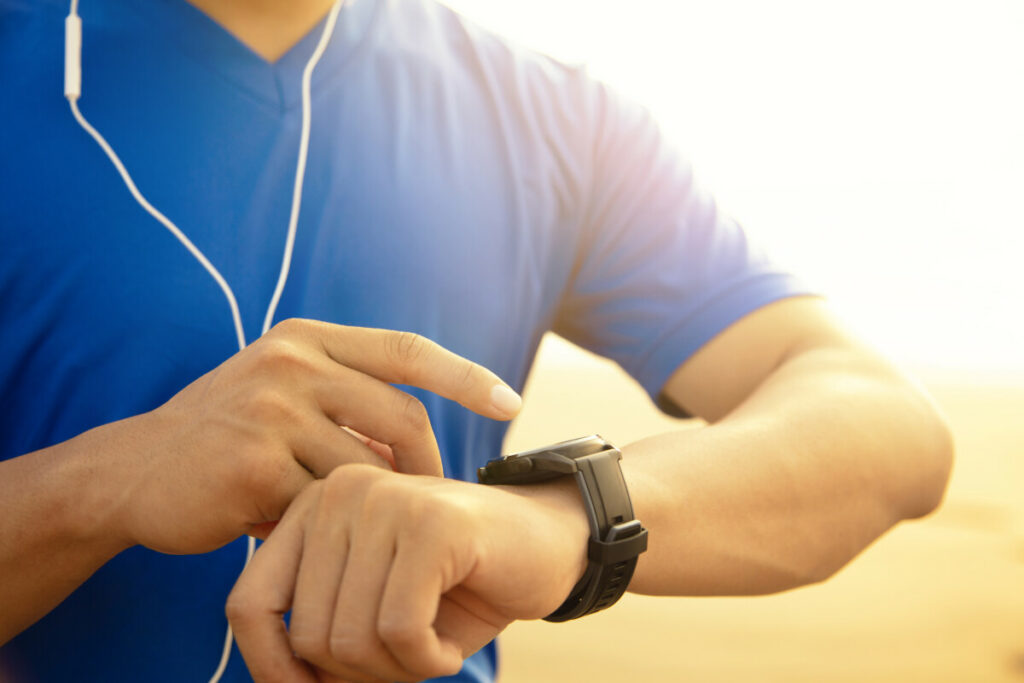Here’s How Accurate The Polar Watch Calorie Count Will Be
Extensive research into Polar Watches and similar workouts and exercises has been invested to discover the answers demanded by all those who want to take their working out seriously!

Most Polar Watches are a mixed bag when it comes to recording calorie counts, but the Polar Activity Watch 200 may be the most accurate option of all choices. Most Polar devices are great at recording heart rate, but it’s harder to capture calorie counts since more acute readings are needed.
In order to understand the full topic and why calorie counting can be tough to accomplish, read on!
How Calories are Tracked by Athletic Watches
When it comes to calorie tracking, some workout devices like respirator masks or metabolic rooms record every tiny breath taken and energy expended by a person to more accurately gauge their calories burned.
Workout watches function differently in that they often emit a green light on the underside of the watch face device, which helps its optical sensor pick up and record the oxygen circulation in the blood through monitoring the wrist and then produces data to keep track of the heart rate.
By taking into account heart rate, age, gender, height, and weight, the oxygen consumption of the user is then calculated. Most tech watches even use heart rate, GPS, accelerometer, and gyroscope instruments in the watch or phone to estimate the calories.
All of these measurements can then be used to estimate how many calories are burned off at the end of the day!

Because all of these methods of measuring are so varied across watches and take a roundabout way to get to measuring calories, no athletic watches are actually very accurate at measuring calories! This is because calorie tracking and heart rate monitoring can be corrupted even by how tightly or loosely the user straps on the fitness watch!
They also may not pick up exercises that use the legs more than the arms. In nearly all brands of fitness-tracking smartwatches, there is a consistent underreporting of calories across all brands.
This means that if a person has worked out and burned 1,000 calories, any of these watches may be off by as much as 500 calories and conclude that a total of only 500 were burned in total.
So, although smart watches, Polar watches included, may not be very accurate in recording calories, the very act of wearing a fitness tracking watch has been proven in studies to encourage motivation to exercise consistently, and to exercise for long stretches of time!
Using Wrist Watches Versus Chest Straps
Polar carries a stellar chest-strap heart rate monitor that is affordable for the average consumer. Most of these models have been praised for how accurate they are in recording heart rate, and a study in 2017 revealed that Polar chest-strap monitors are much more accurate than the Polar wrist-worn watches.
The accuracy of the watch and wrist-worn devices were very varied depending on how intense the exercise was, which watch model was used, and what type of physical activity was being performed. So for some customers, the Polar H7 chest-strap monitor may be a better go-to device than a Polar watch!
It may feel and seem hard to make the switch to a different Polar device, however, a little less convenience in how you wear it may be well worth it for more accuracy. You should note that the accuracy of heart rate found in the above study may not be the exact same as measuring the total calories burned, but these heart rate statistics are still used to find the calorie count totals, so accuracy really does matter and helps a lot!
It can also prove helpful to take a look through the PubMed database to review clinical trials for the specific model of the Polar heart rate monitor being considered before going ahead and purchasing it. Also, consult a doctor before finally buying a Polar heart rate monitor to get a professional second opinion.
Accuracy of How Many Calories Burned
To learn about the accuracy of smart watches when it comes to counting calories that you burn, watch the following video.
In summary, Polar devices are not especially accurate when it comes to calorie burning measuring, but then again, no brand of athletic watches are! This answer is rather muddied since it also depends on what model is used and what exercise techniques and activities are used to burn calories and fat.
A study on fitness watches back in 2018 summarized that most athletic watches underestimate how many calories are being burned between 28% to 93% of the time! It may seem a hopeless endeavor, but don’t remove the Polar Watch from the online shopping cart just yet!
If calories are a key and top concern, it may be better to, instead of tracking calories burned in working out, keep track of calories consumed while eating, since these are more accurate when recorded on nutrition labels for food bought at grocery stores. Athletic watches sold by Polar are still proficient in tracking trends and changes during a workout!
How Accurate are Polar Watches at Calorie Tracking?
Watch the following video to learn about the accuracy of smart watches when it comes to tracking calories and a device that is considered better at doing so than smart watches.
As mentioned above, how accurate heart rate monitoring is doesn’t usually link with how accurate the device is at recording and measuring how much energy has been used, which is another way to say “how many calories were burned” for this article.
An additional study back in 2010 found that the Polar Activity Watch 200 was within the acceptable 10% of the error threshold of calorie estimates, but only when it was used while the users were hiking. Later, in 2018, a different study agreed with the most recent studies from 2019 and later, as this study found that even though the Polar H7 didn’t meet the accepted range for recording calorie burning, neither did any of the other devices tested!
Many other athletic studies similar to the handful above have been held in this genre. Overall, Polar heart rate monitors are not as accurate at counting calories burned as they are at capturing total and consistent heart rate.
On the plus side, even though stats may not be totally accurate, they are still extremely useful in keeping track of workout goals and increasing workout intensity!
